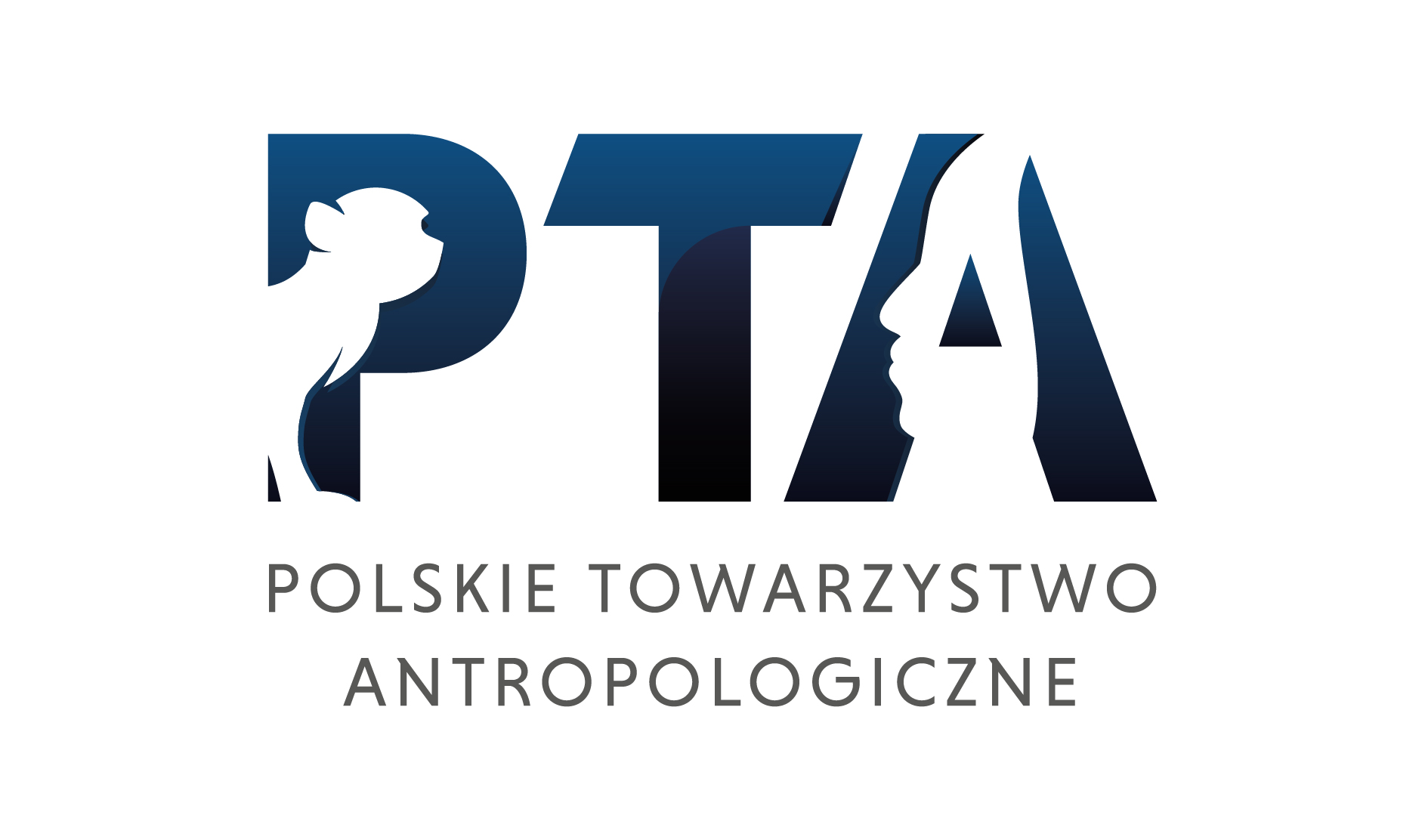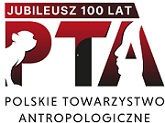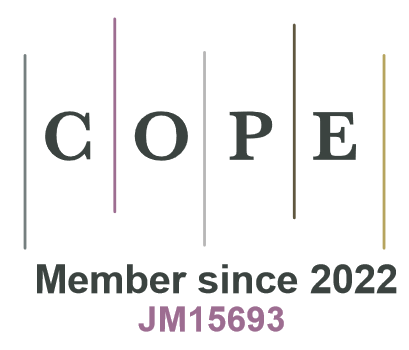Some aspects of anthropomorphology of the greater pectoral muscle and the straight muscle of abdomen
DOI:
https://doi.org/10.18778/1898-6773.40.1.06Abstract
The results of statistically worked out measurements of the greater pectoral muscle and the straight abdominal one have been presented with their relation to the type of trunk build. Human corpses were used as material (30 males and 30 females). The following measurements in table 1 — on the trunk: breadth of the chest thl-thl (1). length of the trunk sst-sy (2), breadth of the pelvis ic-ic (3), length of the clavicle (4) and length of the sterum (5); on the greater pectoral muscle: breadth of the clavicle part (6), breadth of the sternum — ribbed part (7) and distance between muscles on the shaft of the sternum (8); on the straight abdominal muscle: the greatest length (9) and the greatest breadth (10); the measurements of muscles were based on Loth’s instructions [5].
The relationship between chosen measurements of the trunk and their size and between measurements of muscles was examined (table 2 — indications of columns and lines correspond with numbers of measurements in table 1). To evaluate these relationships the test x2 was used but no significant connection was found.
For every examined subject natural indices were calculated [Percal 1953], ie. of breadth of the chest (W1), of length of the clavicle (W2), of length of the trunk (W3) and of breadth of the pelvis (W4). These indices are the results of subtraction between the standarized value of a given character in a particular individual and the mean of standarized values of all the characters in this case of (1) - (4) of the same individual.
On the basis of cach (in turn) of these indices the subjects were arranged in “positives" and "negatives" and the measurements of their muscles were compares. In table 3a the absolute values of measurements are set together in separate groups mumbers of columns correspond to numbers of measurements from table 1), in table 3b illustrated by figures 1 and 2 the same values after standarization have been set together.
Downloads
References
Całka W., Łódzkie Tow. Nauk., 1955, Wydz. IV, nr 6, ss. 45
View in Google Scholar
Chudziński T. Mém. Soc. Anthr. Paris, 1898, ser. 3, t. 2, s. 1-223.
View in Google Scholar
Kołaczkowski Z., Roczn. Nauk. WSWF w Poznaniu, 1963, nr 7, s. 119-160.
View in Google Scholar
Kołaczkowski Z, Toboła S., Przegl. Antrop., 1970, t. 36, s. 111 - 119.
View in Google Scholar
DOI: https://doi.org/10.1007/BF02559693
Loth E., Anthropologie des parties molles. Paris—Warszawa, 1931.
View in Google Scholar
Perkal J., Przegl. Antrop., 1953, t. 19, s. 209.
View in Google Scholar
DOI: https://doi.org/10.1007/BF02861826
Downloads
Published
How to Cite
Issue
Section
License

This work is licensed under a Creative Commons Attribution-NonCommercial-NoDerivatives 4.0 International License.








